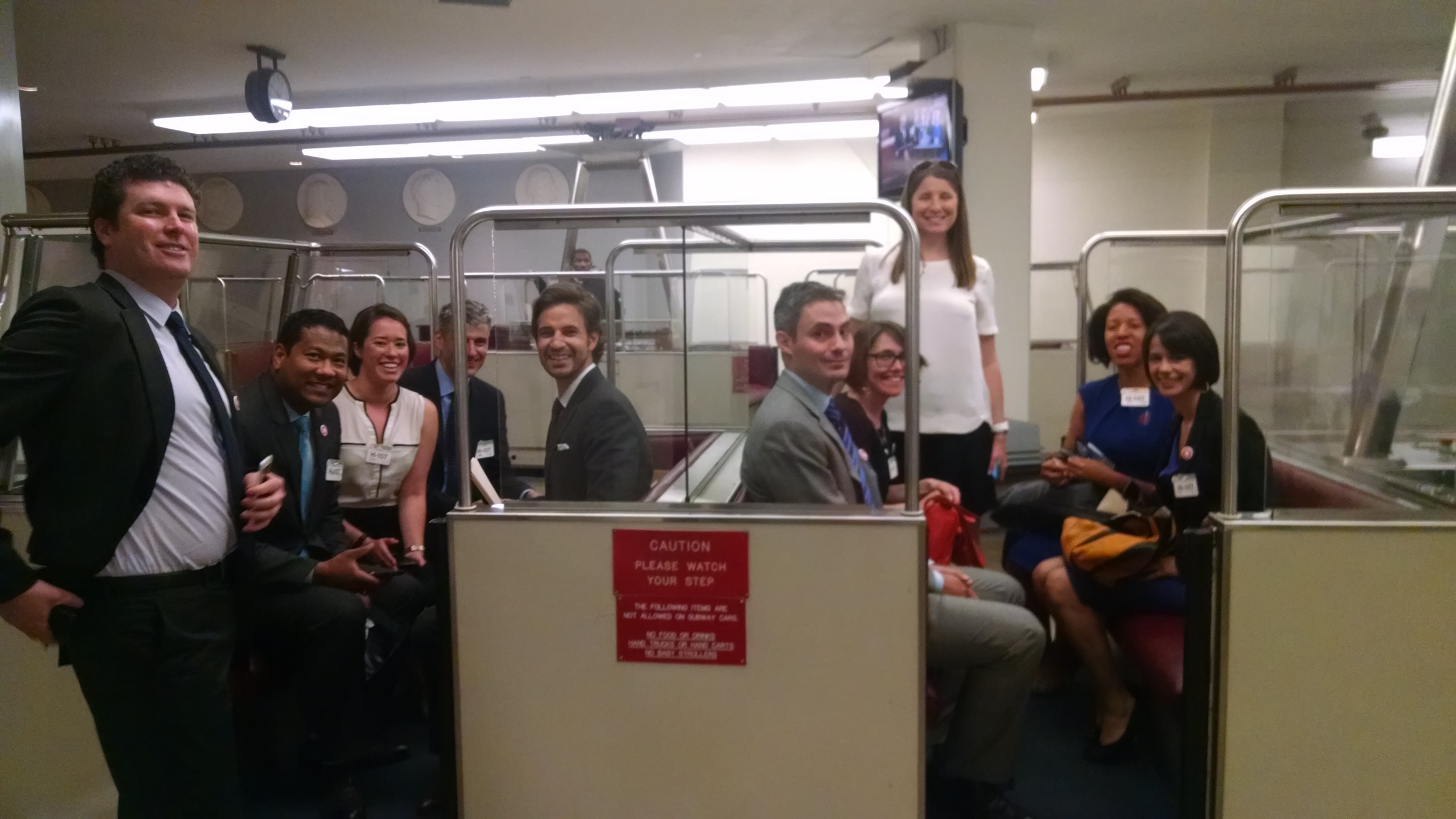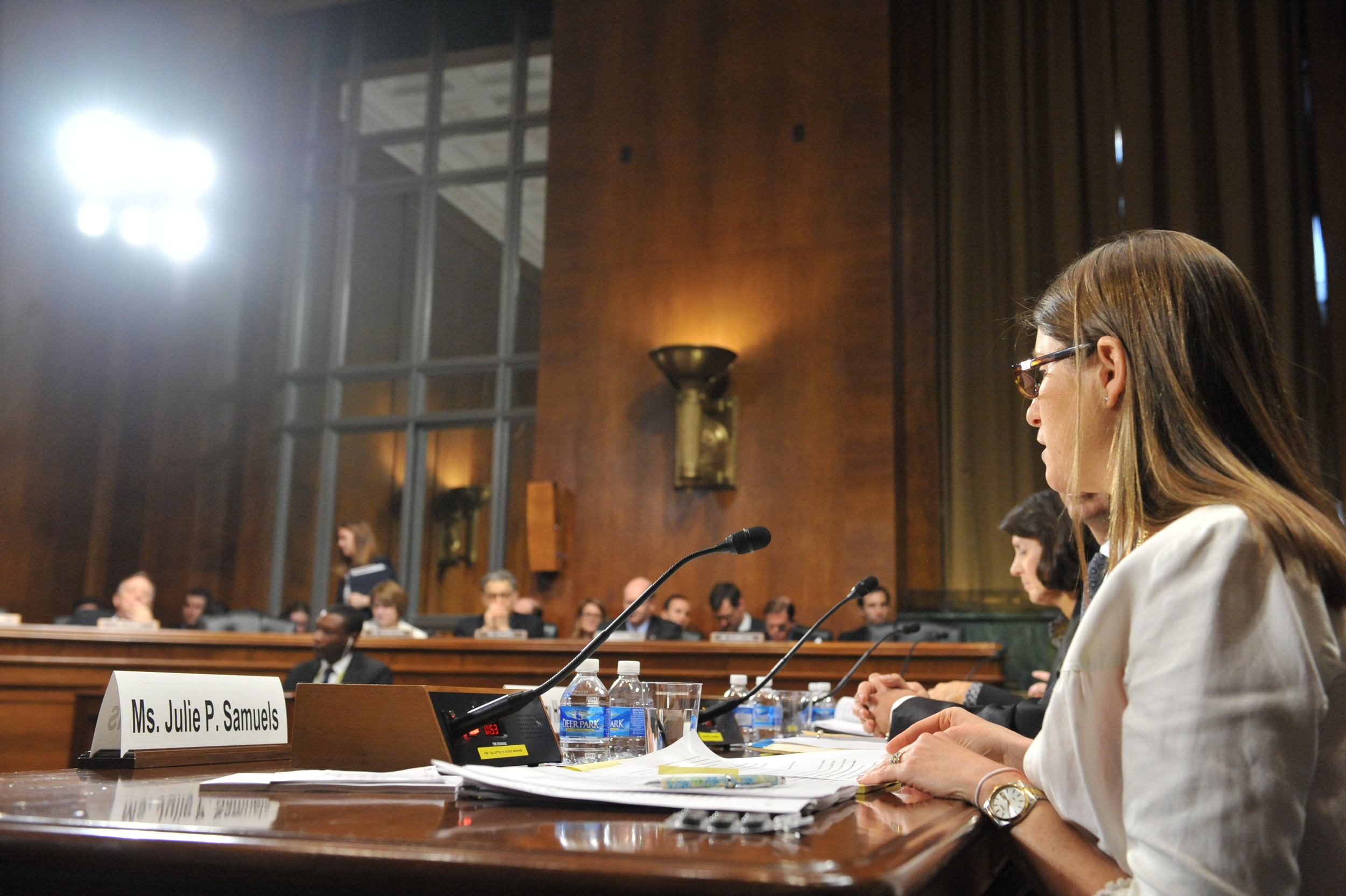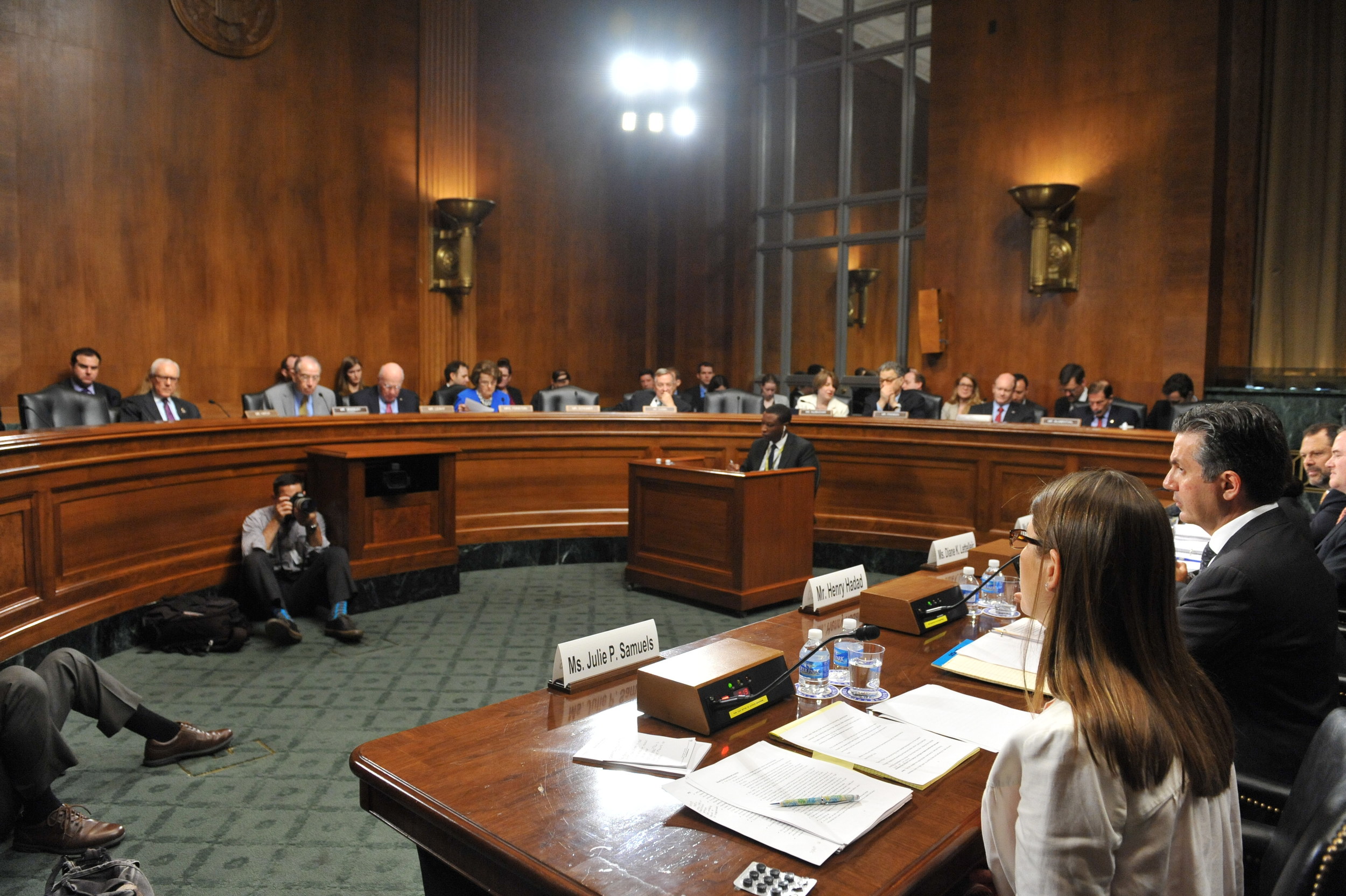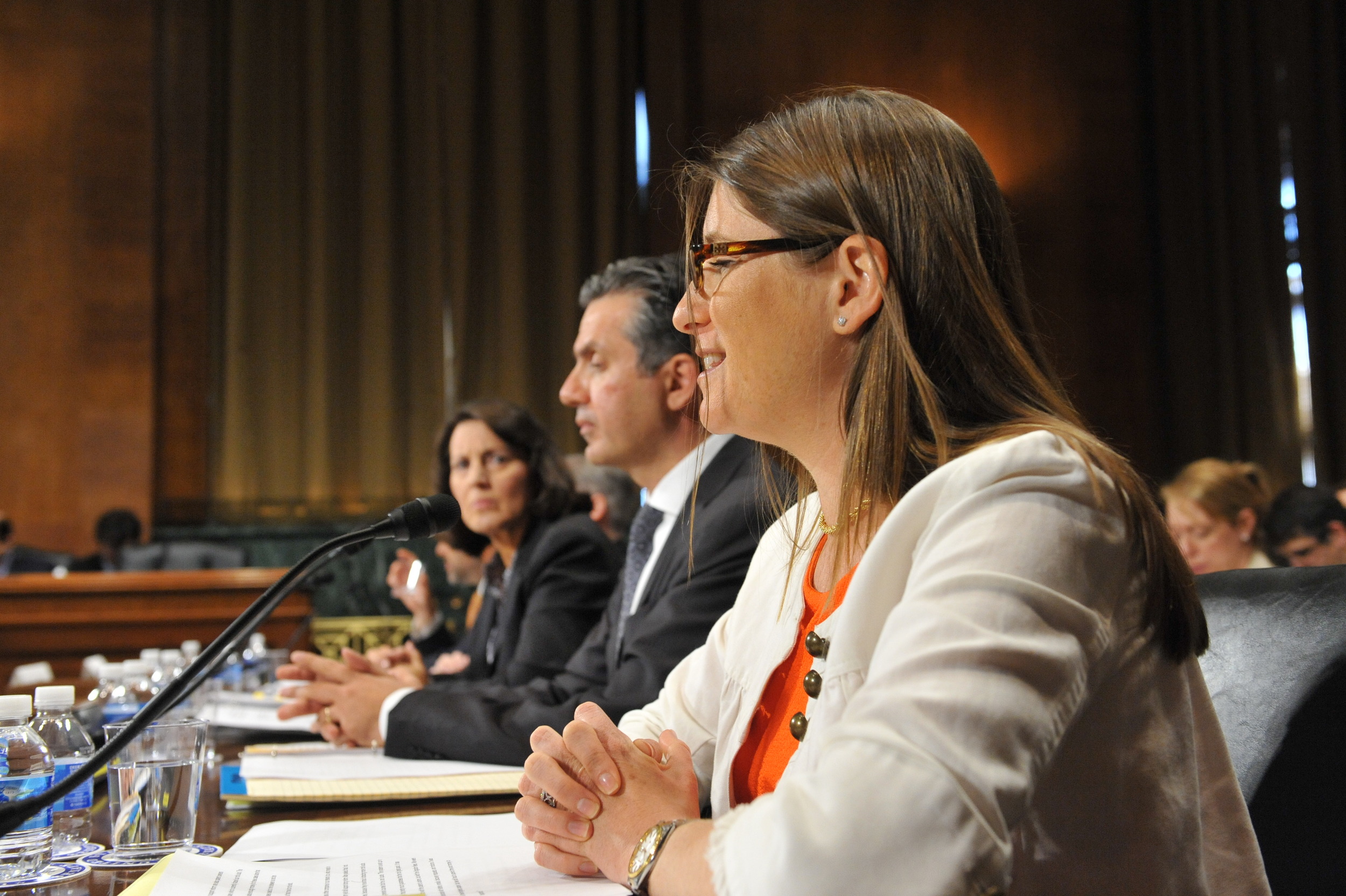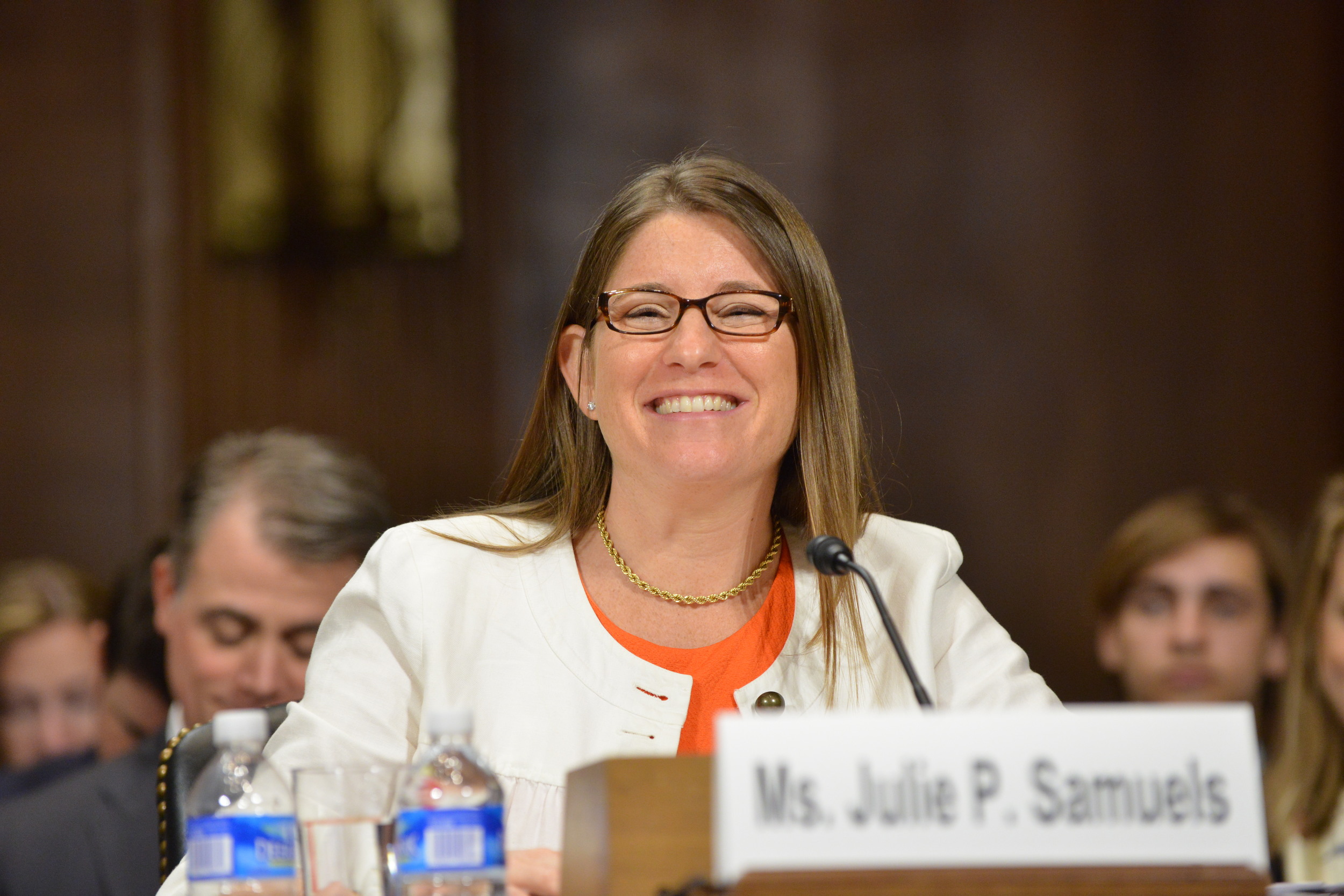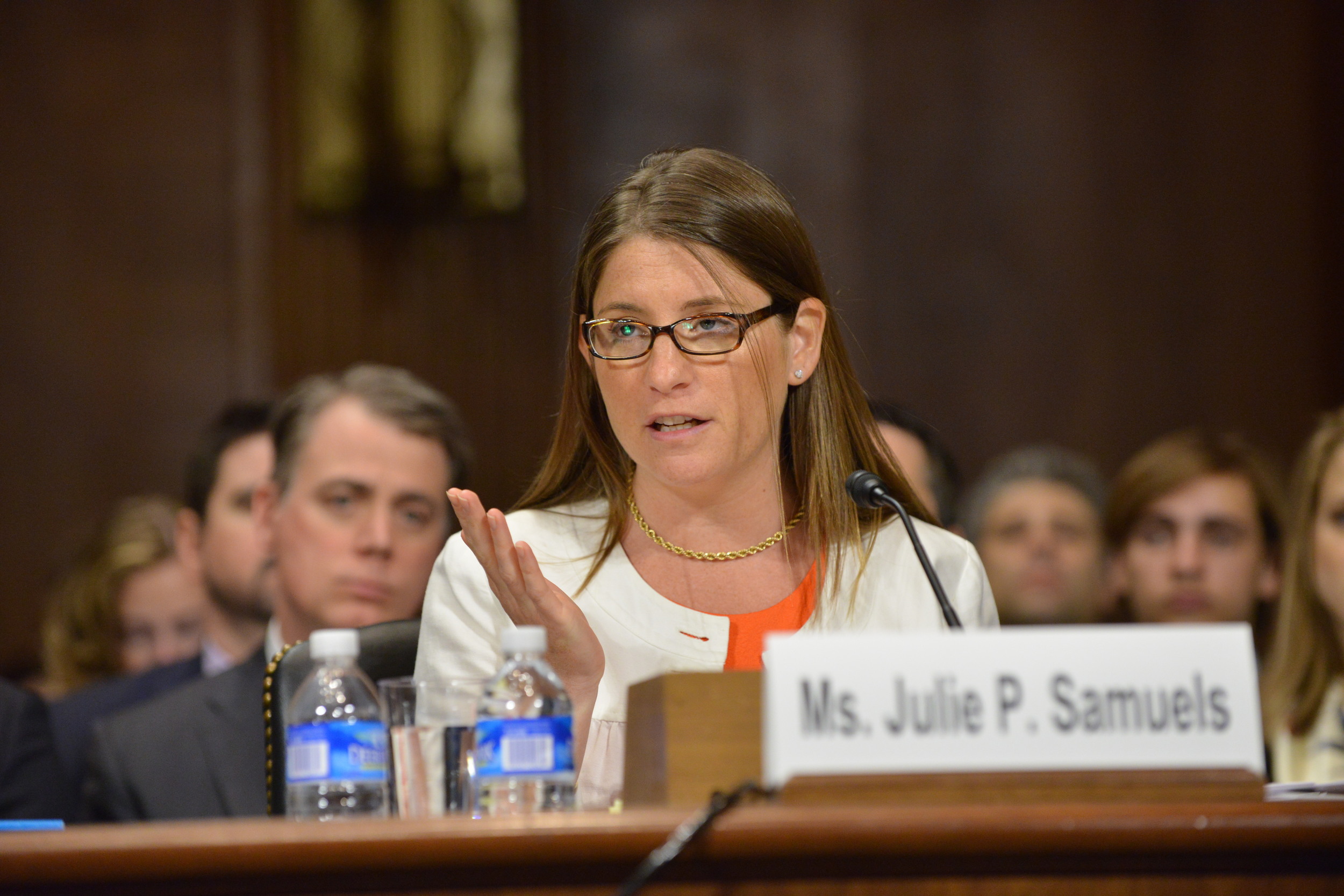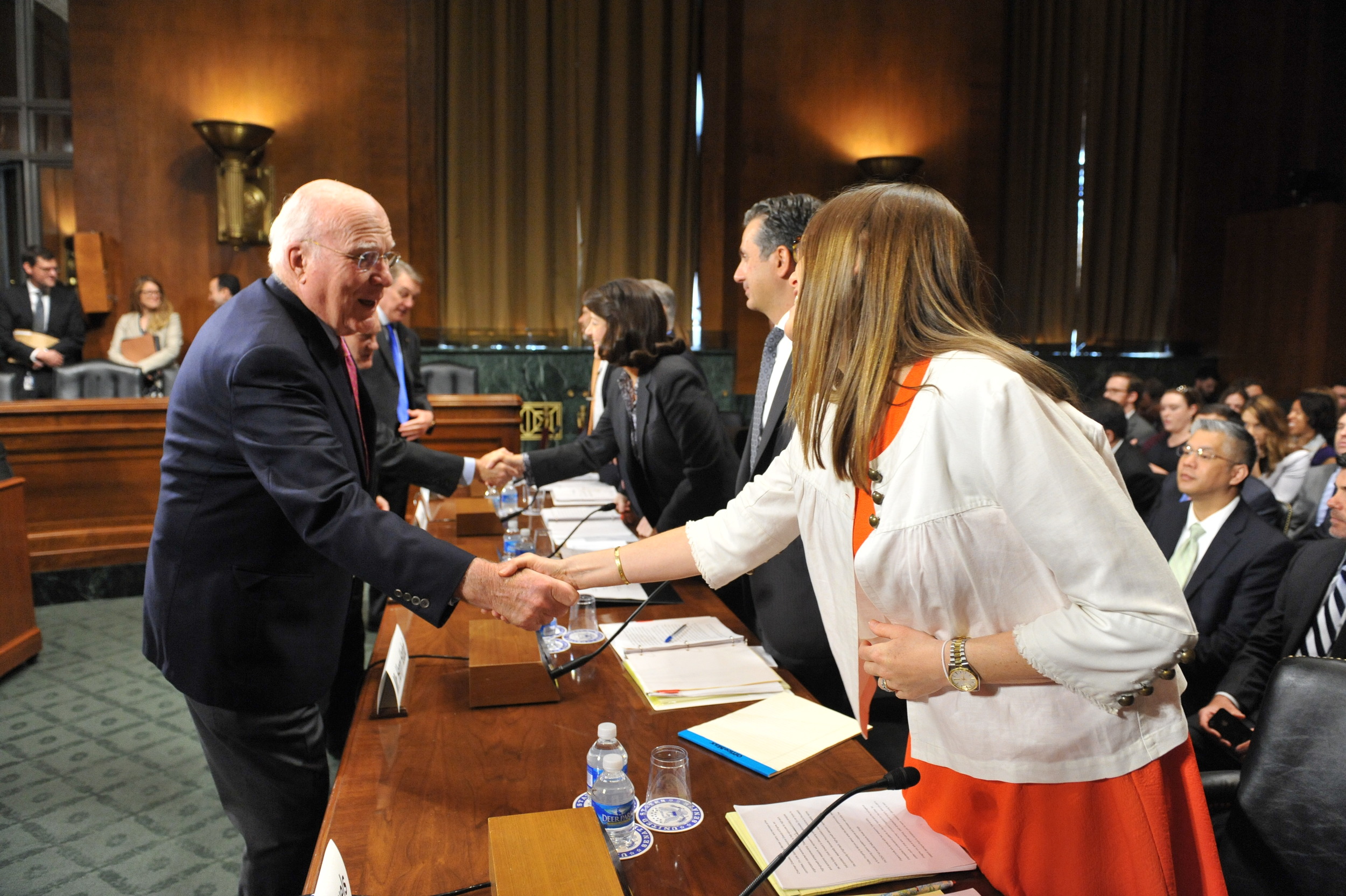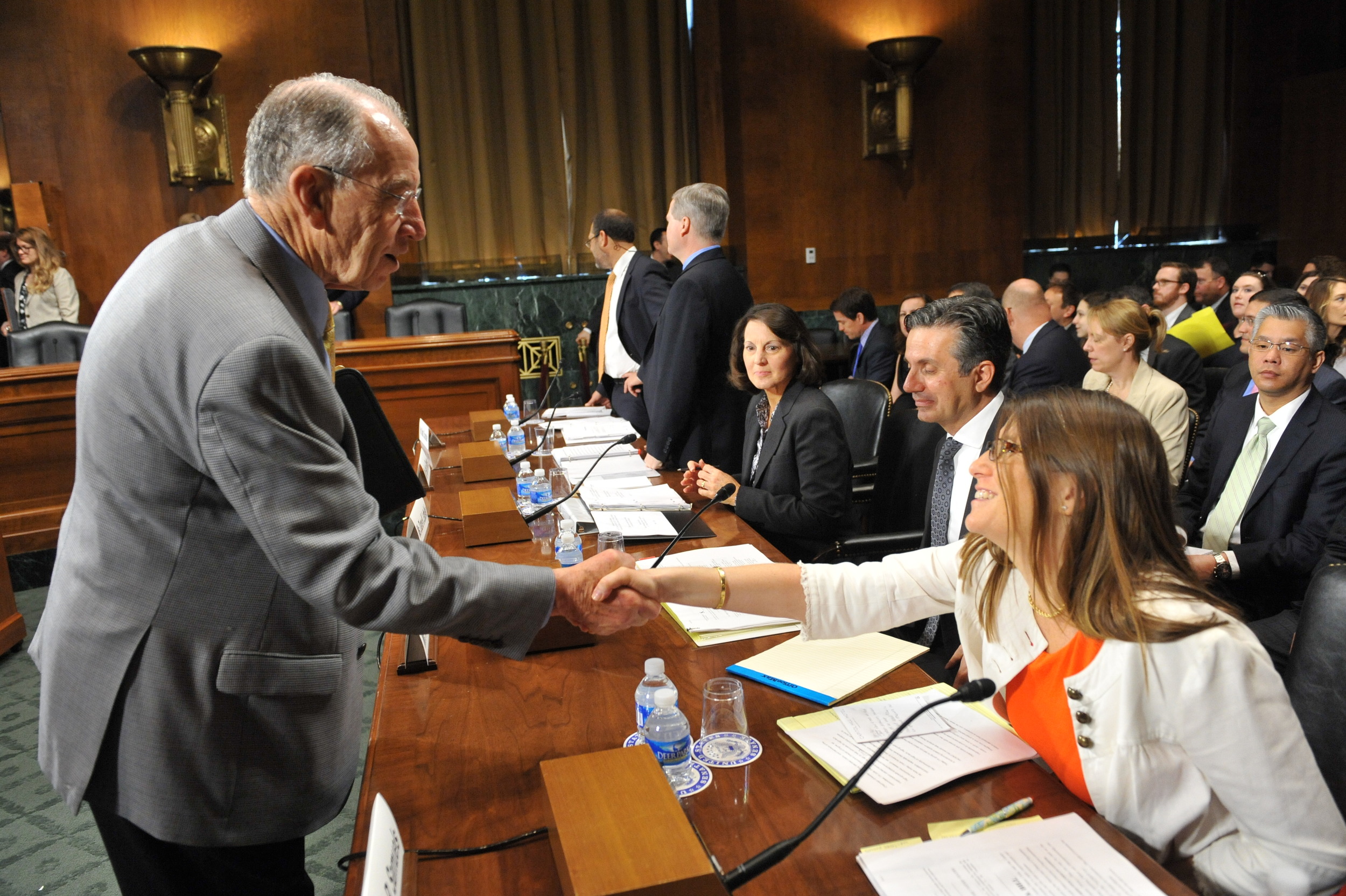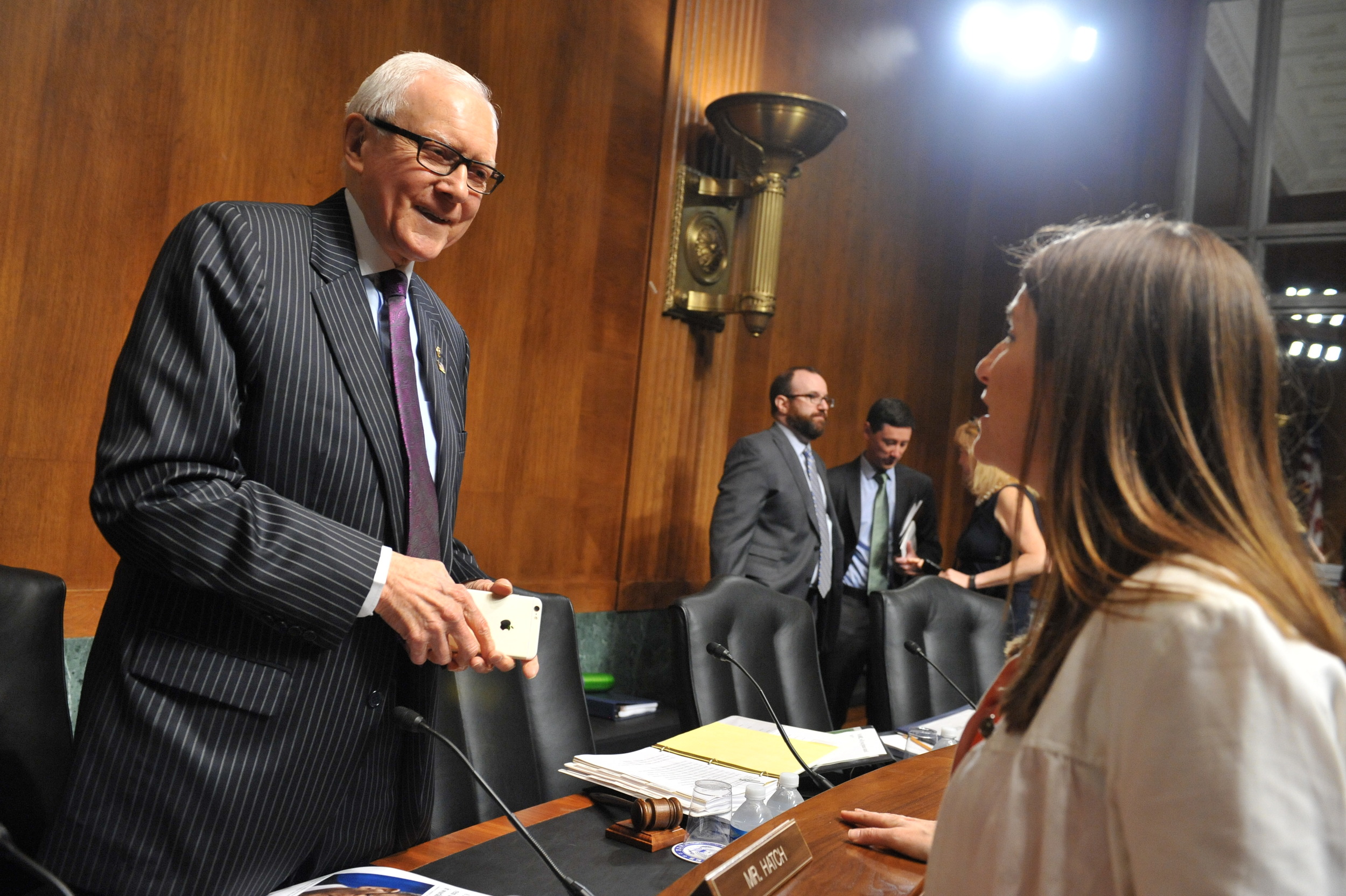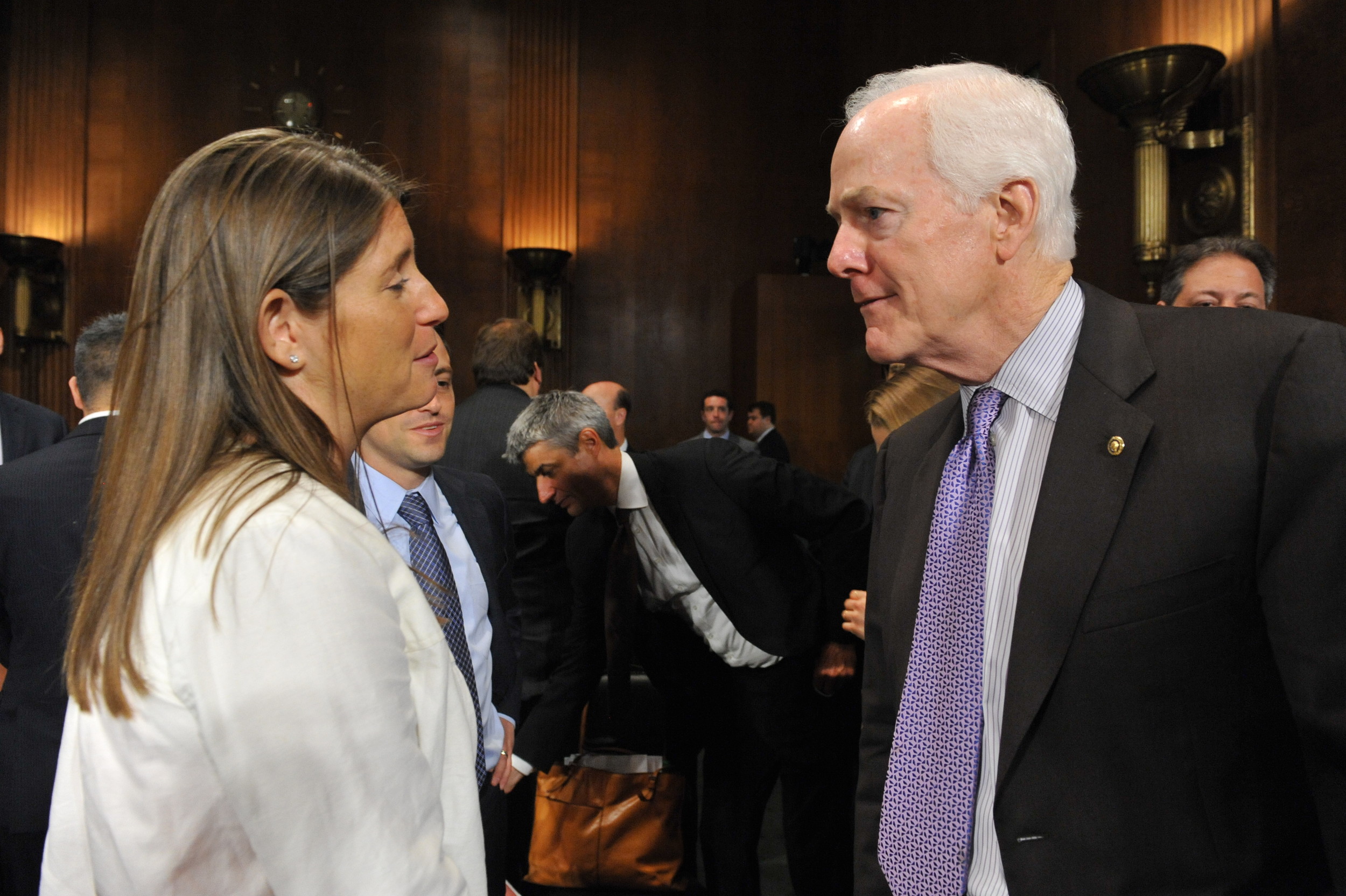Welcome to the Startup News Digest, our weekly take on some of the biggest stories in startup and tech policy. Here's what we've been tracking the week ending August 21st, 2015:
- Venue Reform. 44.4% of all patent cases are filed in the Eastern District of Texas. And that’s no accident. Our friends at EFF took a close look at the numbers, and found that the “probability is so vanishingly small that you’d be more likely to win the Powerball jackpot 200 times in a row”. So why are so many cases filed there? Because the Eastern District is notoriously friendly to plaintiffs, making this an ideal location for patent trolls to operate. More on the numbers, and the need for venue reform, here. And read our recent take on the problem here.
- Copyright Law and Creativity. Copyright law's principal purpose is to encourage creativity: giving creators exclusive control over their content, the argument goes, will allow them to earn enough money to sustain further creativity. The trajectory of copyright policy in the past few decades seems to operate on the reductio ad absurdum that if exclusive control over content leads to more creativity, maximum control must lead to maximum creativity. It is no surprise, then, that content industries reacted so strongly to digital technologies that could weaken control over the distribution of their work, arguing that the Internet will ultimately destroy creative industries. But, as the New York Times highlights, this argument doesn't hold up all that well in practice. On the contrary, creative production has exploded with the rise of digital distribution technologies. The findings should give policymakers pause about further ratcheting up copyright protections like term lengths and infringement penalties that already likely diminish rather than promote creativity. We wrote more about the negative impact of punitive copyright law here.
- Diversity in Tech. The Verge took a close look at the diversity numbers at some of the largest tech companies. And while the numbers aren’t good, they also point to some of the problems with the ways employment data gets reported to the federal government. If we’re going to make progress in diversifying the tech sector, we need data that accurately reflects the problem and the way it responds to various efforts from both the private and public sector. Check out some of Engine’s work on diversifying tech here.
- Taxing the Digital Economy. The Wall Street Journal looks at ways different states are trying to collect taxes from new technologies to offset losses in sales tax and other traditional sources of revenue. While states are reasonable to want to collect funds they are due, this kind of piecemeal approach creates serious regulatory issues for startups that operate nationally or globally. And it has the potential to push entrepreneurs out of states with particularly onerous policies. More here on the dangers of trying to apply old tax and regulatory schema to new technologies.
- Drones. As drones (or unmanned aerial vehicles, UAVs) go mainstream, and some disrupt air traffic, policymakers are looking to apply rules that would limit their ability to cause danger or invade privacy. Sen. Chuck Schumer (NY) is pushing to require dronemakers to develop technology that would keep drones from entering restricted airspace. This sort of geo-fencing provision will likely find its way into negotiations over the extension of the FAA reauthorization bill next month. Meanwhile, researchers at UC Berkeley are testing a license plate for drones consisting of multicolored lights on the bottom of an aircraft. The unique pattern of blinks assigned to each drone could be identified in a database by law enforcement.
- Decoding the On-Demand Economy. Policymakers (and presidential candidates, too) are grappling with how to interpret the emerging on-demand economy and too often, as Devin Findler of Institute for the Future points out, this industry is wholly categorized as either good or bad. The conversation among regulators, policymakers and even media critics should instead seek to understand the underlying technologies transforming sectors of our economy and how new platforms built on top of those technologies can be "intentionally designed to maximize the benefits for everyone connected to them." IFTF recently sat down with the Department of Labor to share these more nuanced insights about the future of work - we need more of these conversations happening at every level of government.











